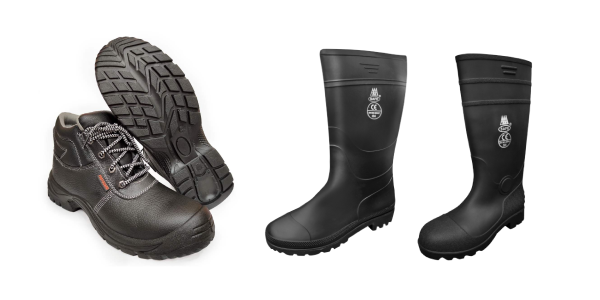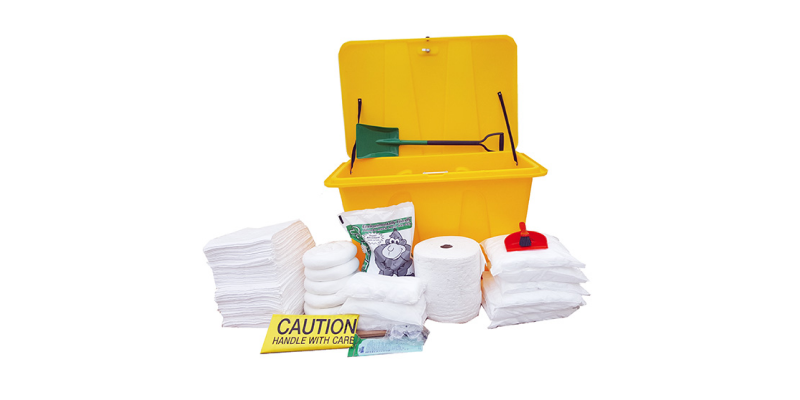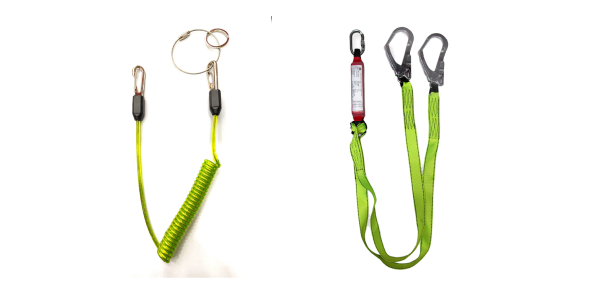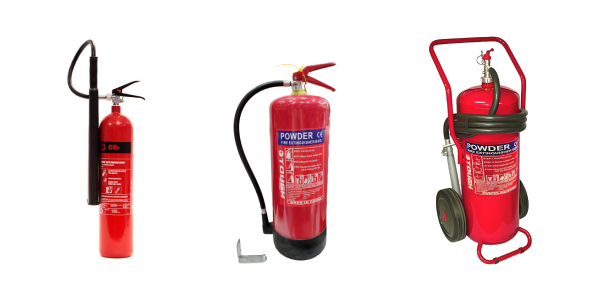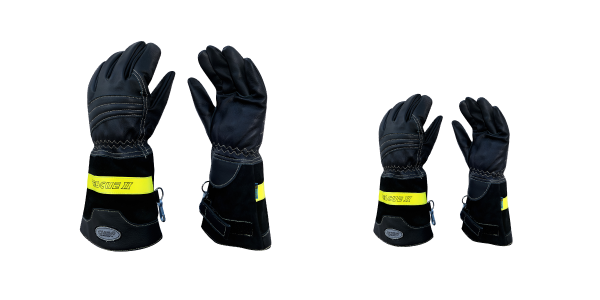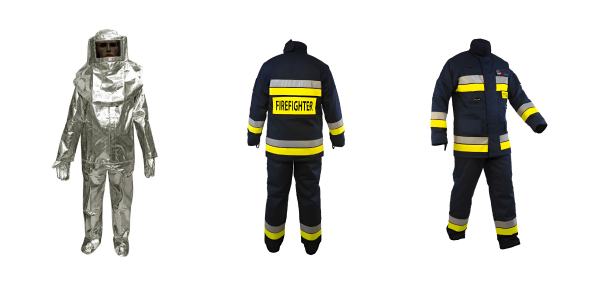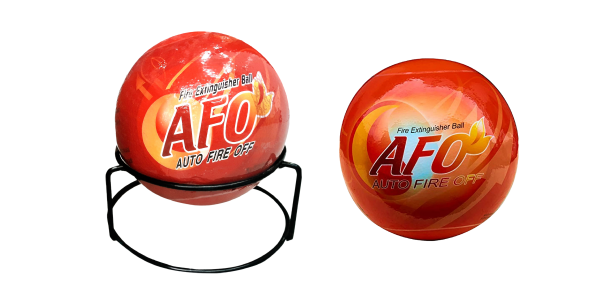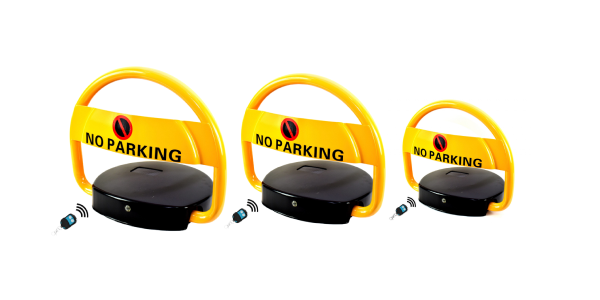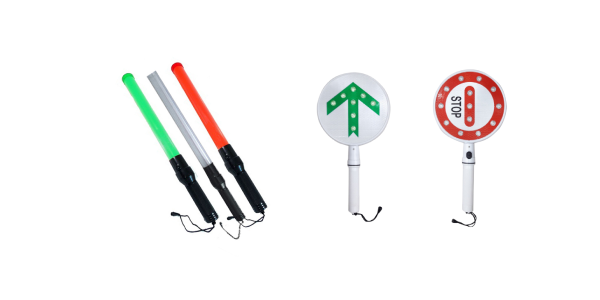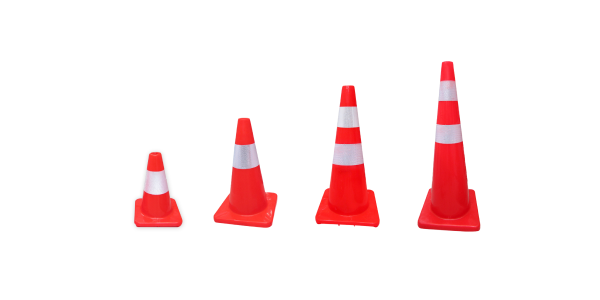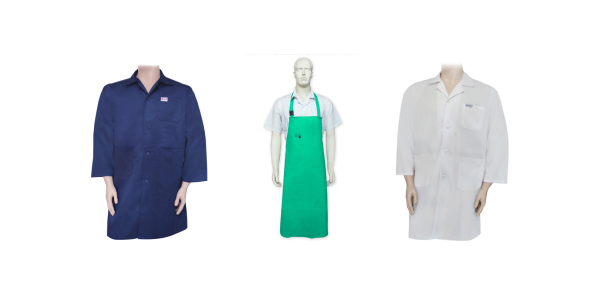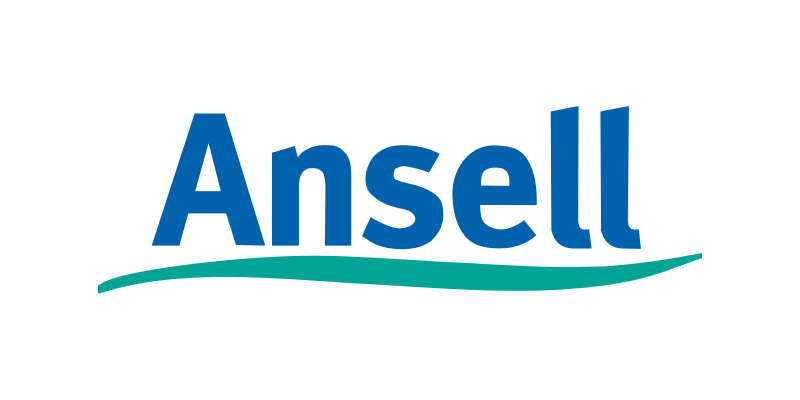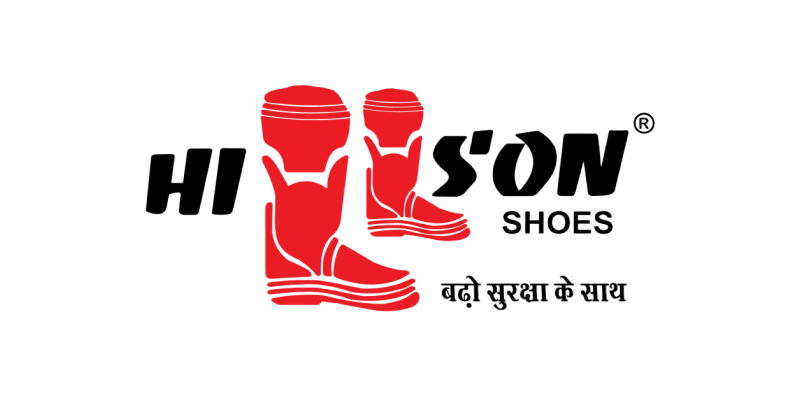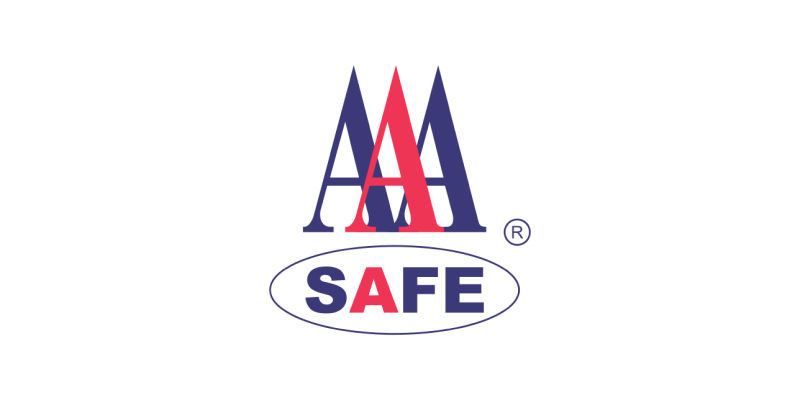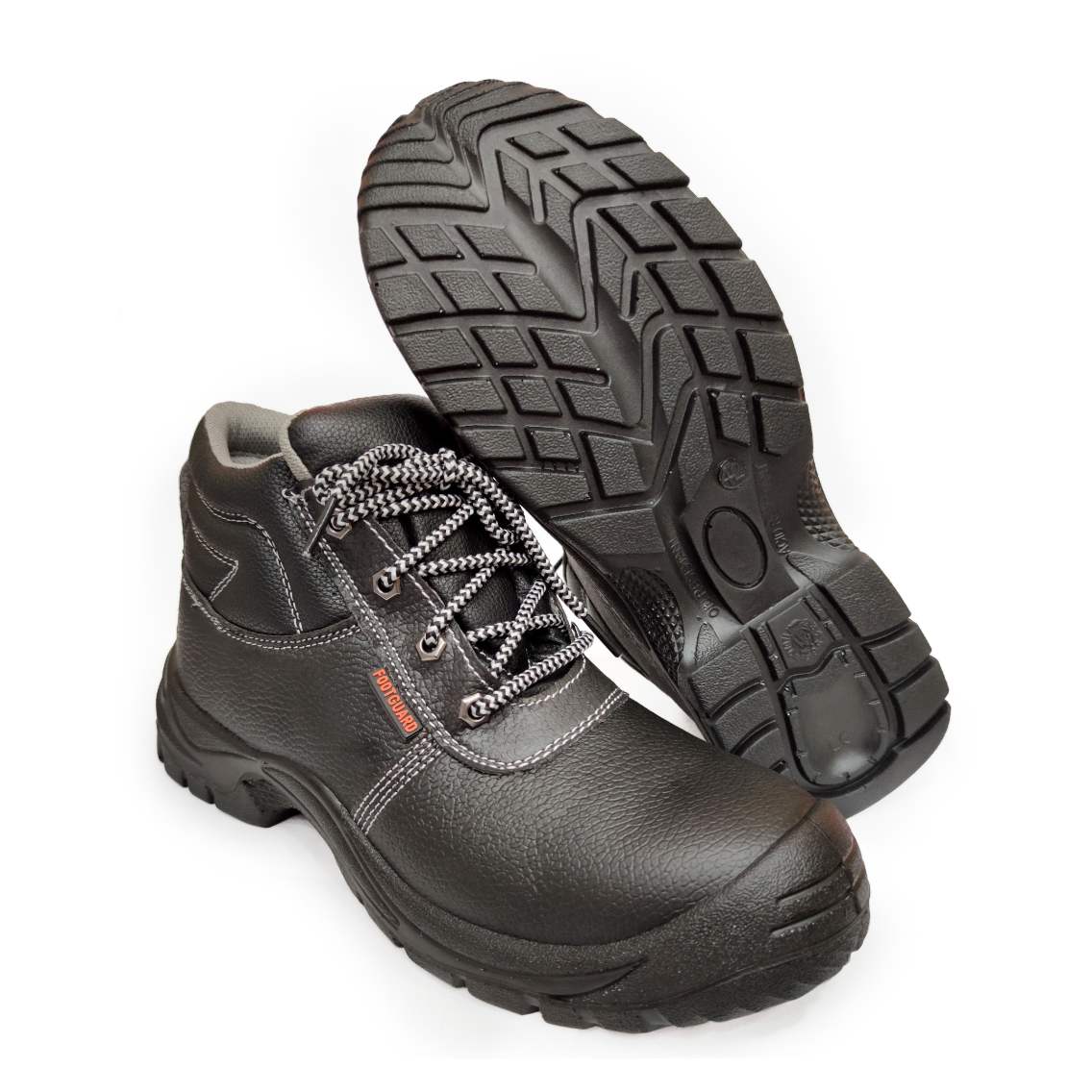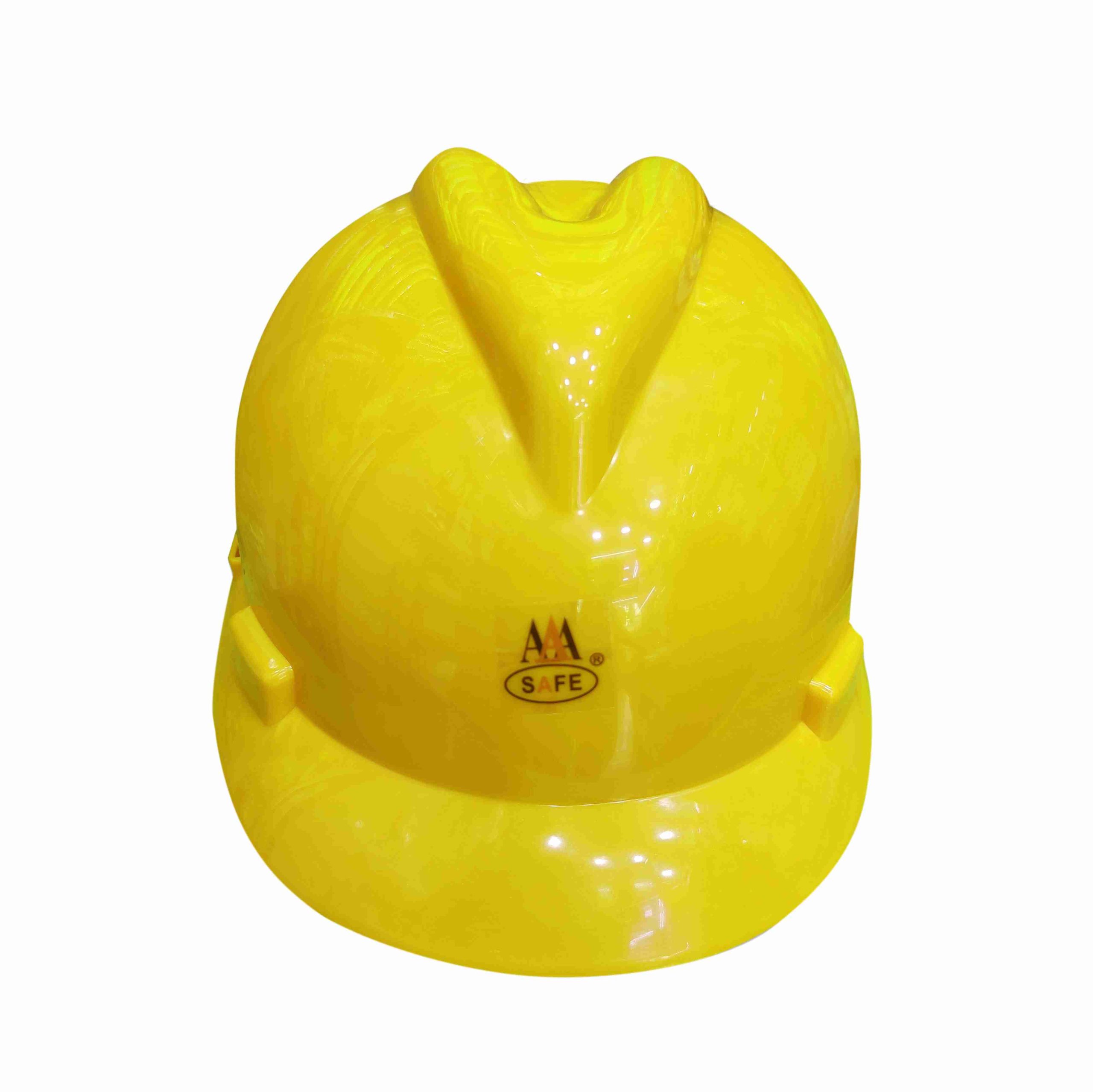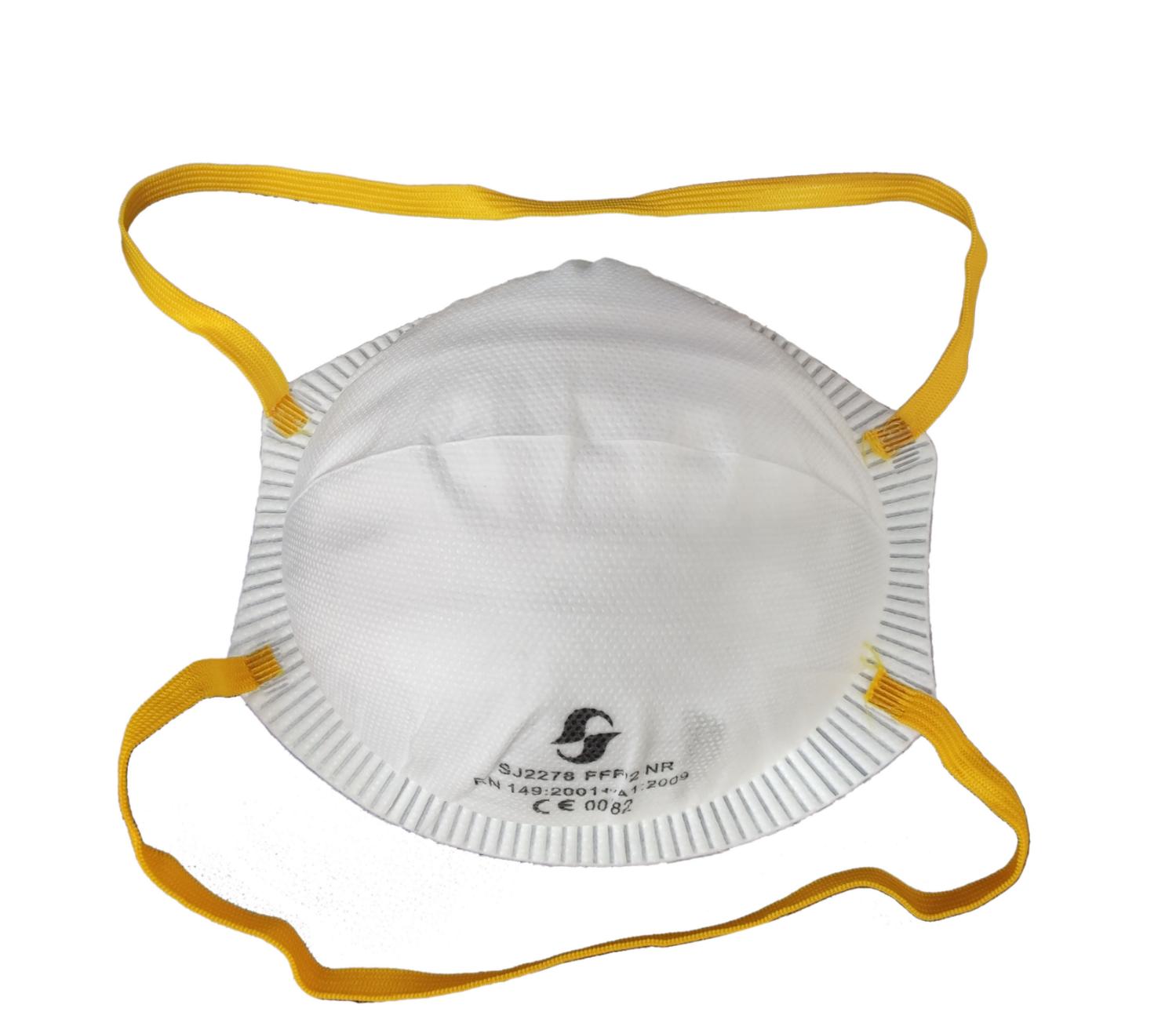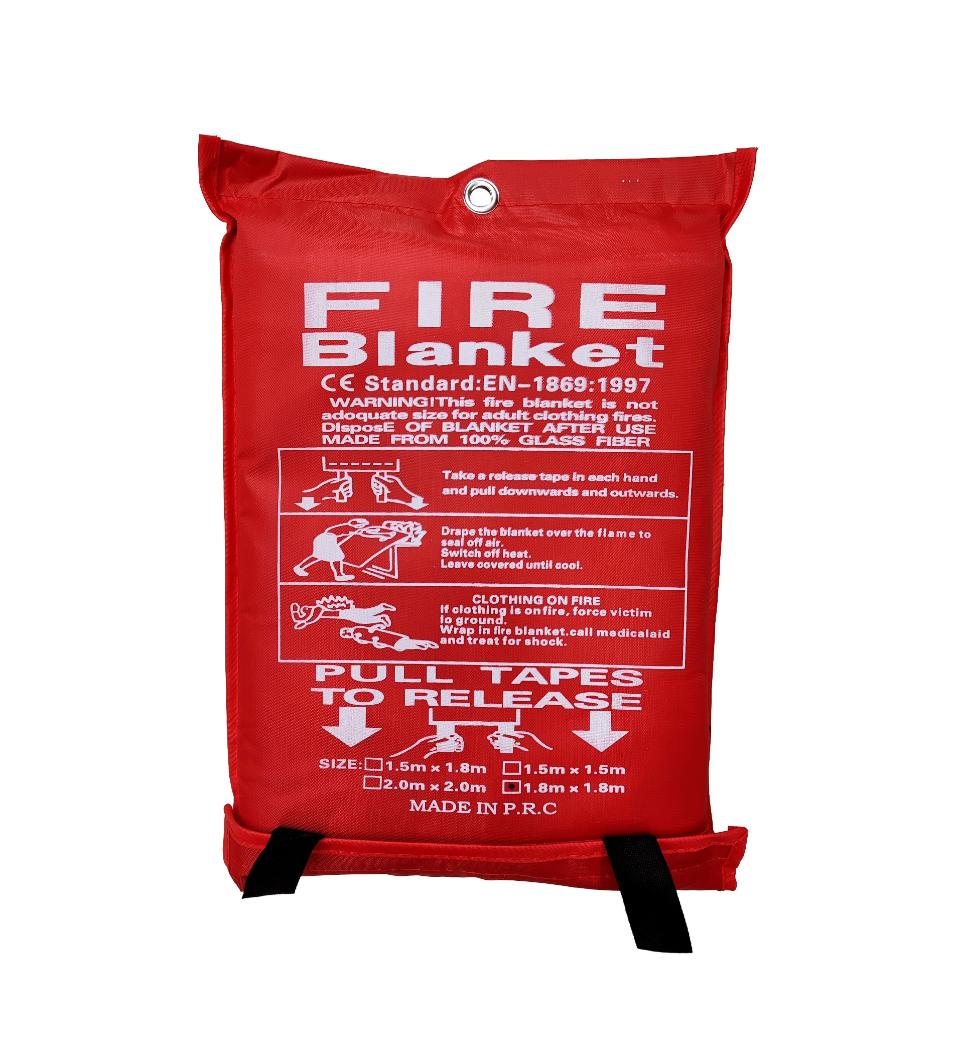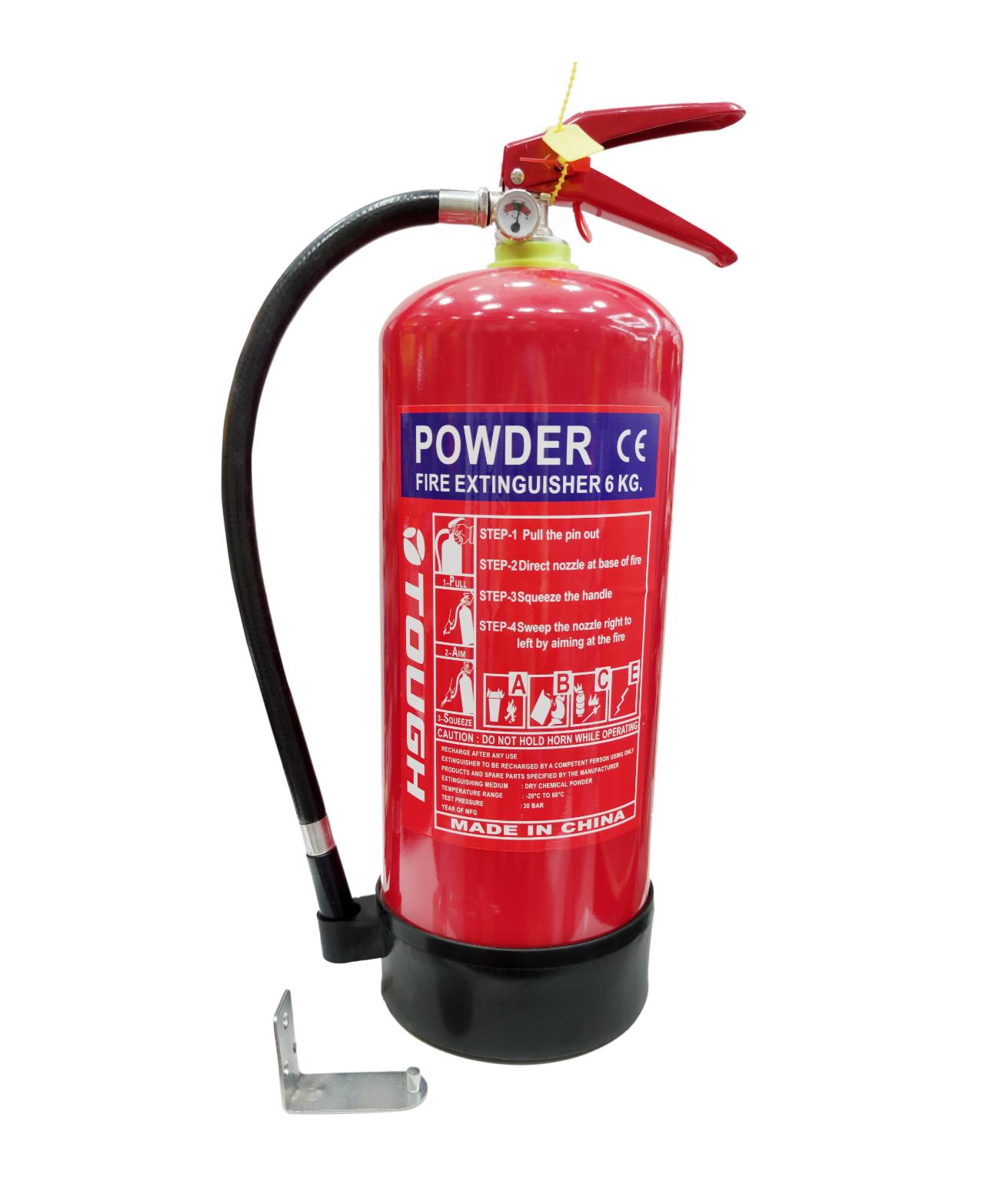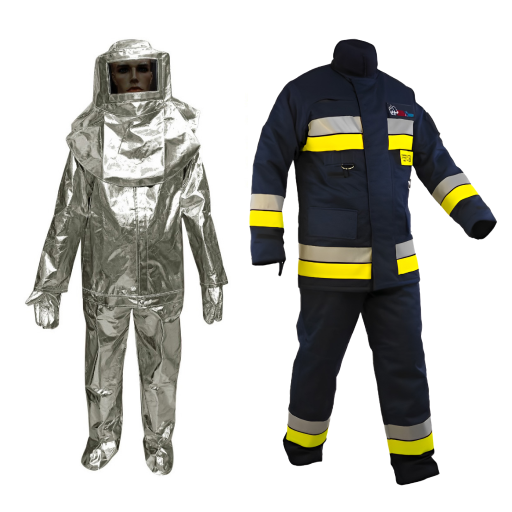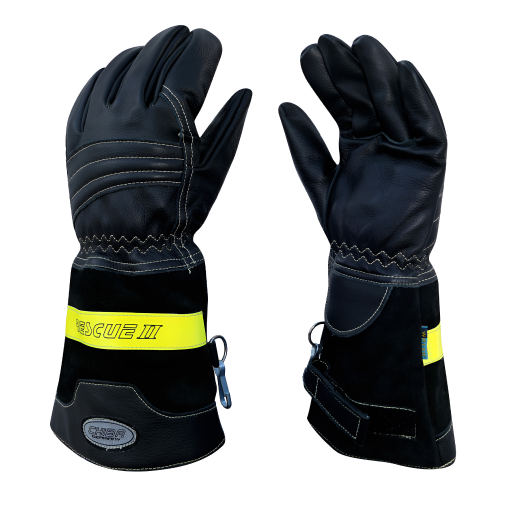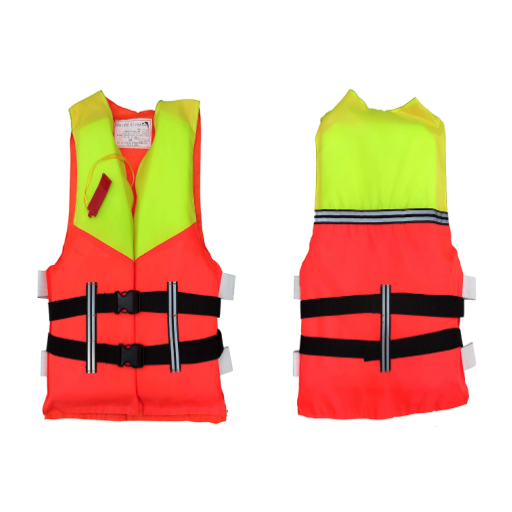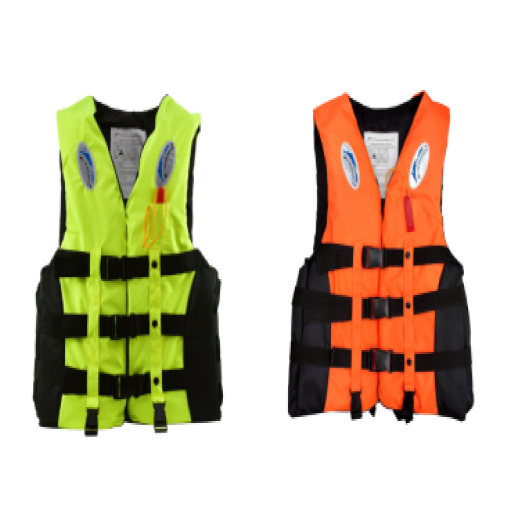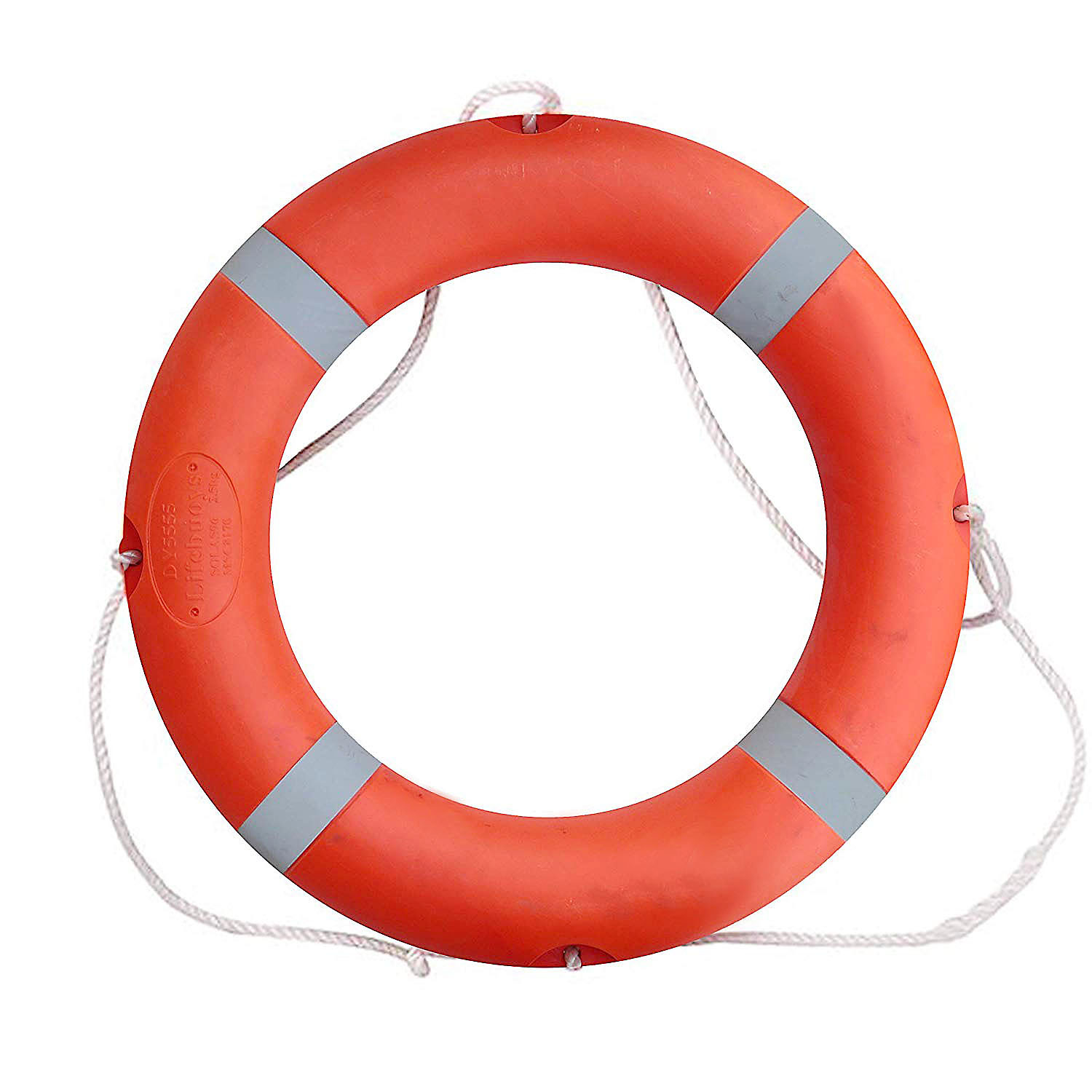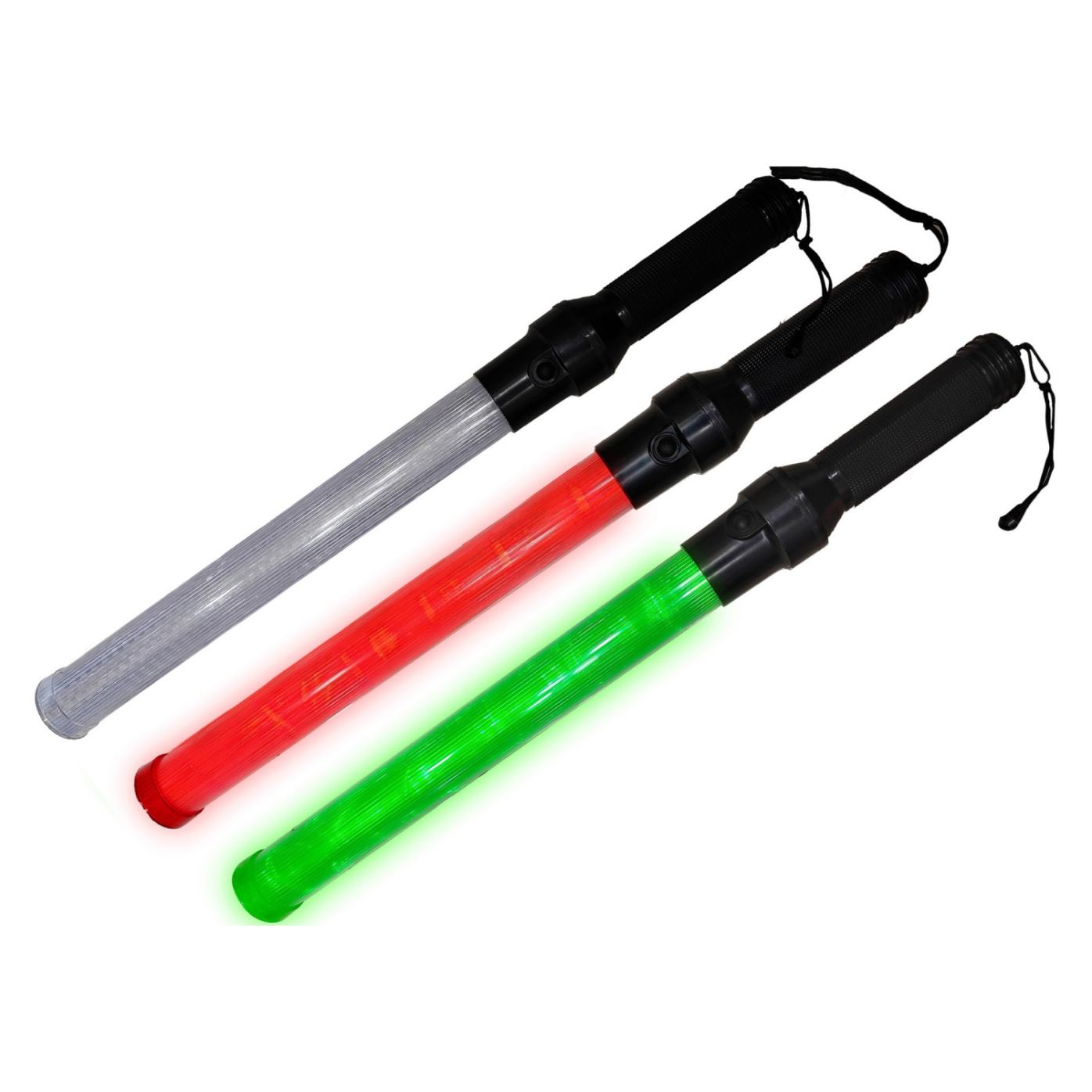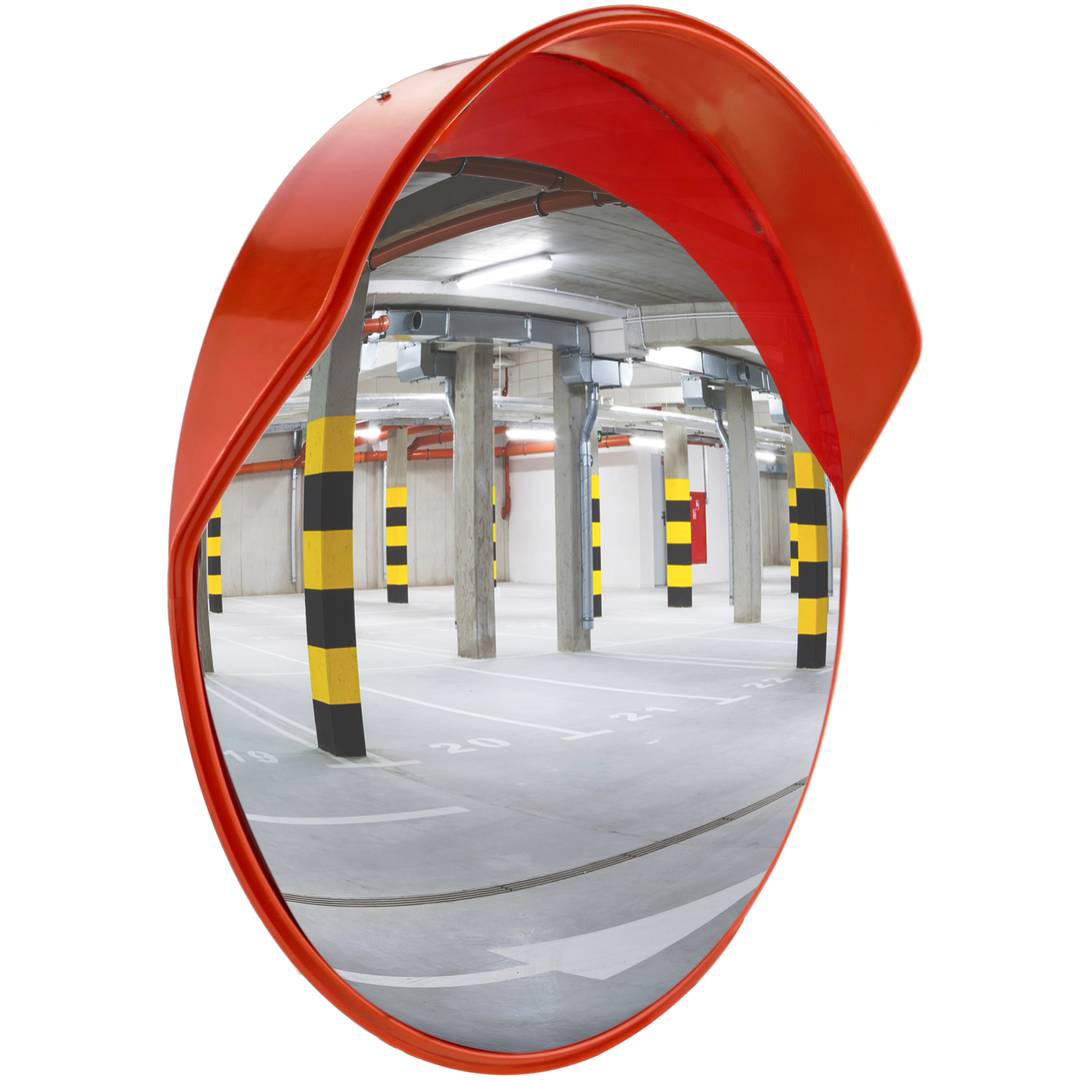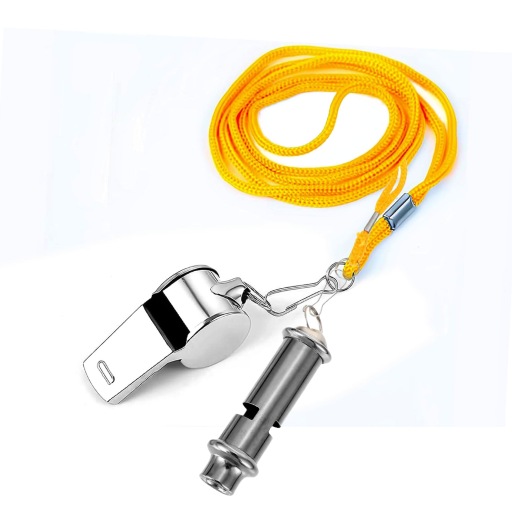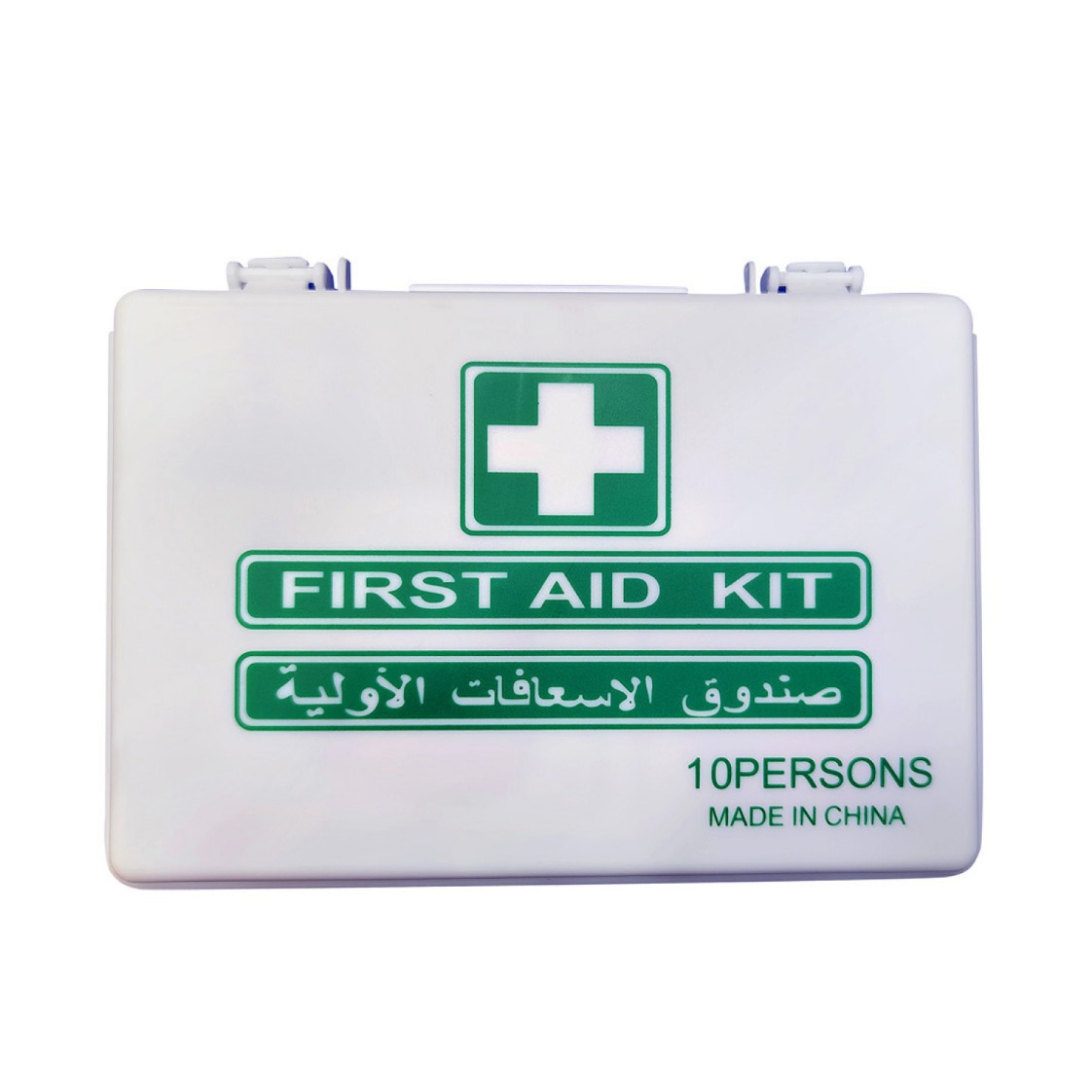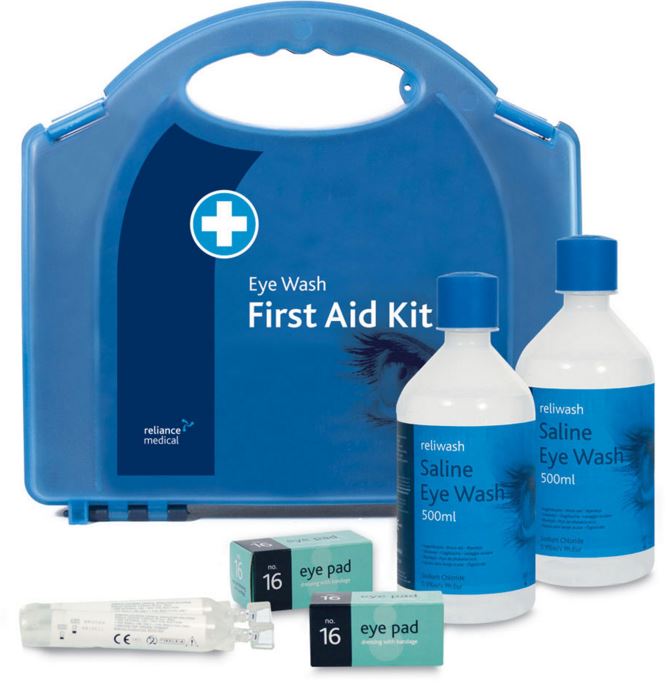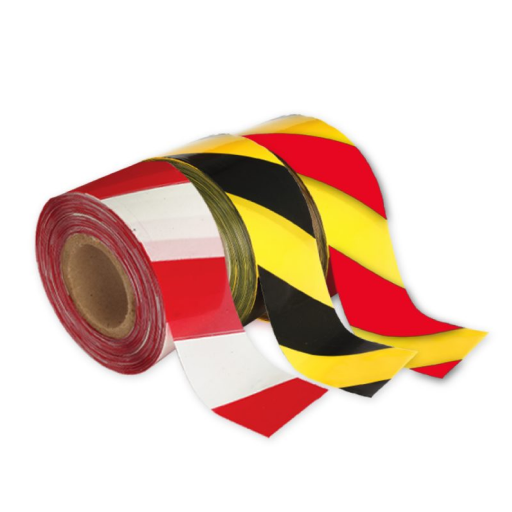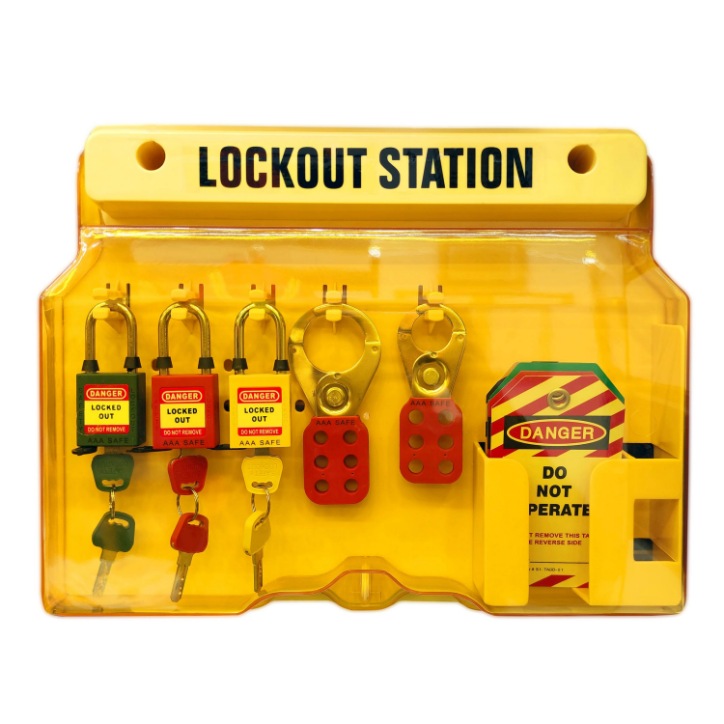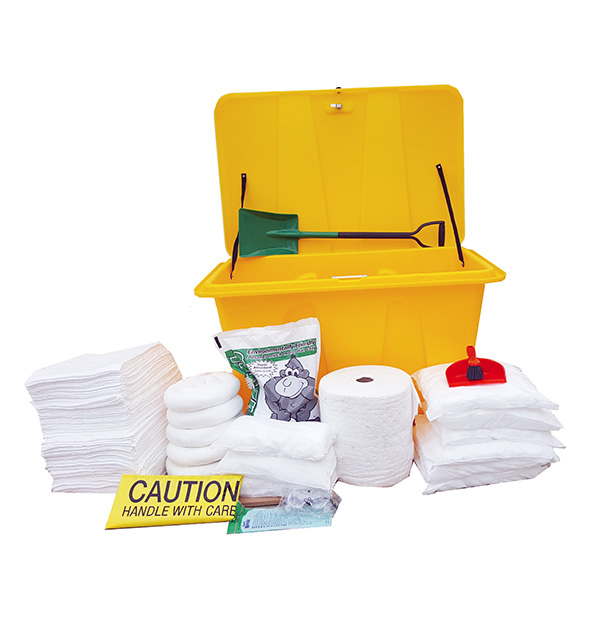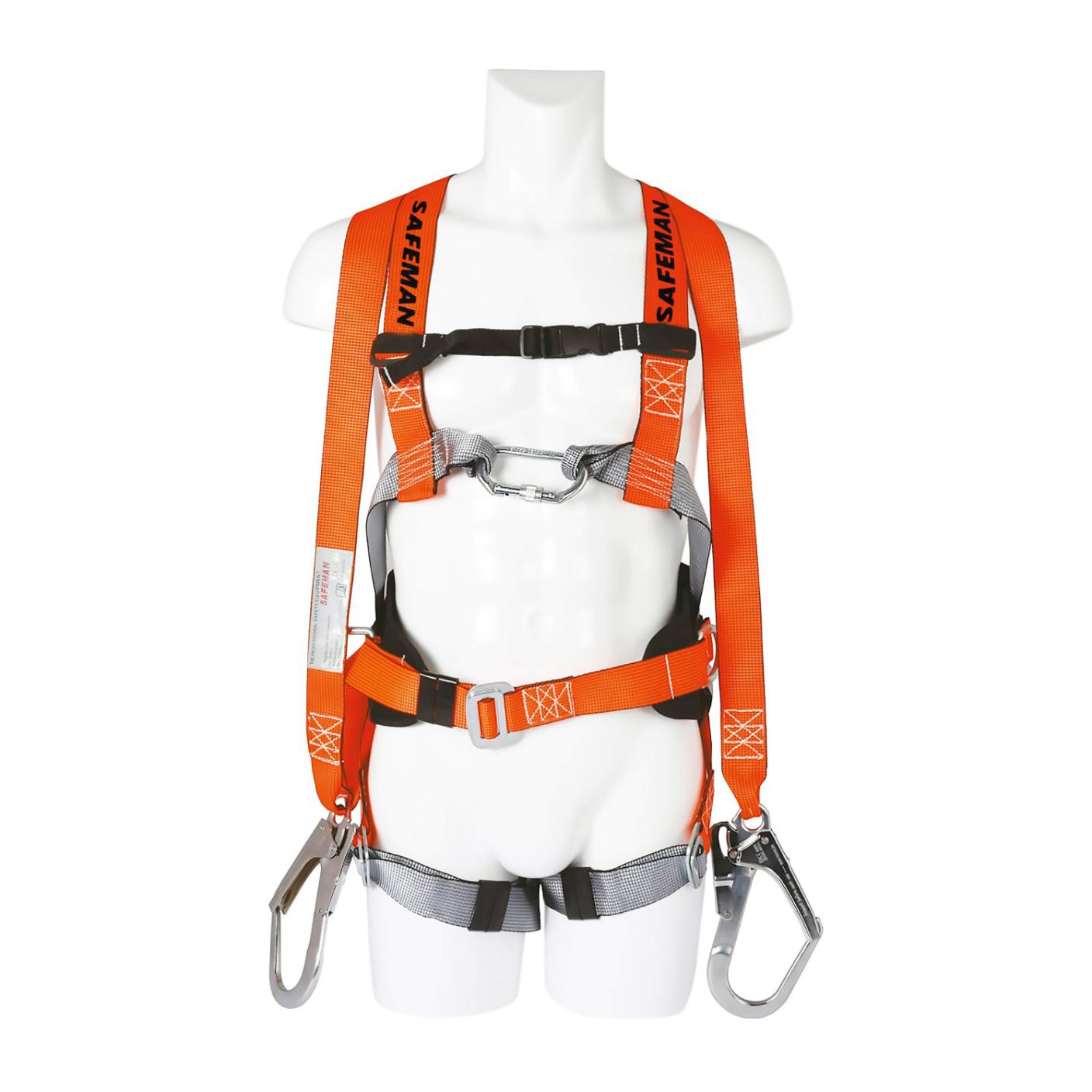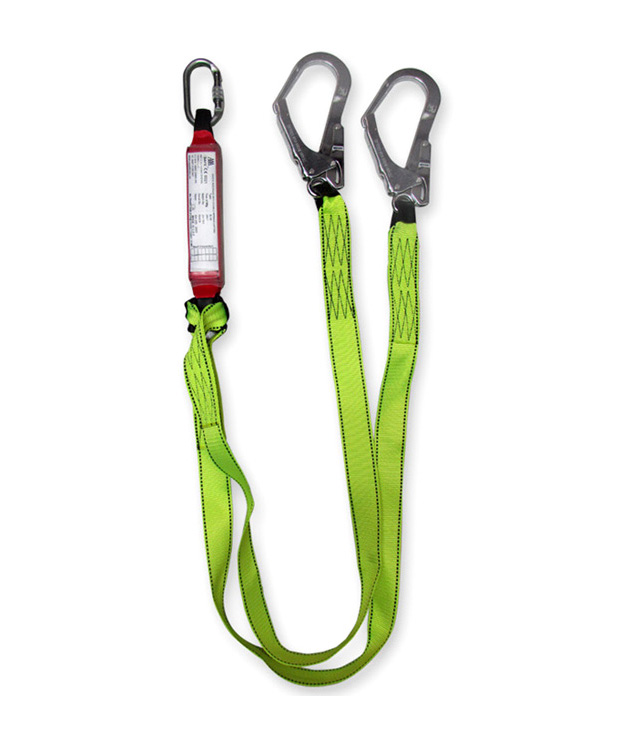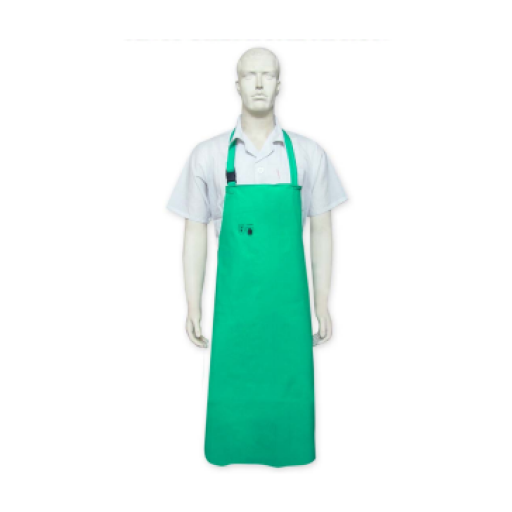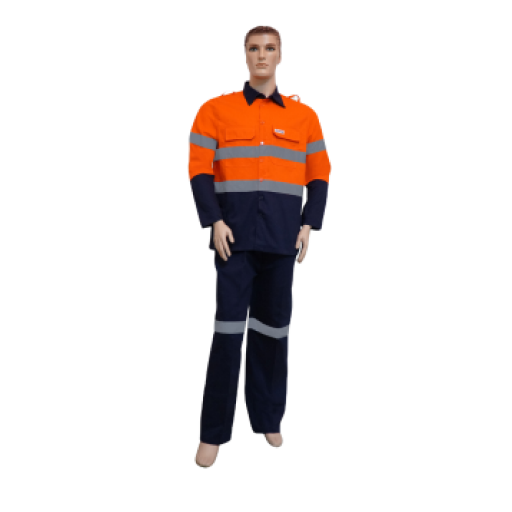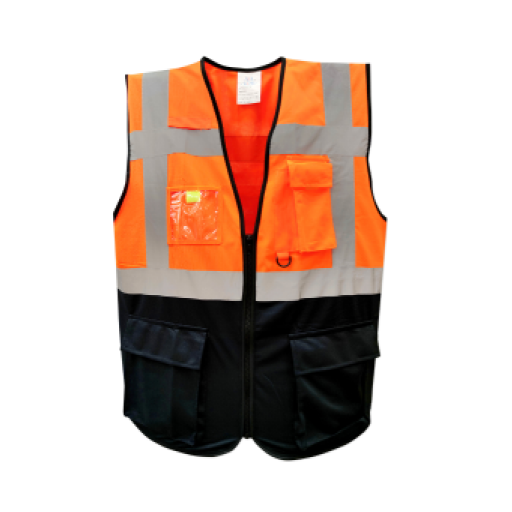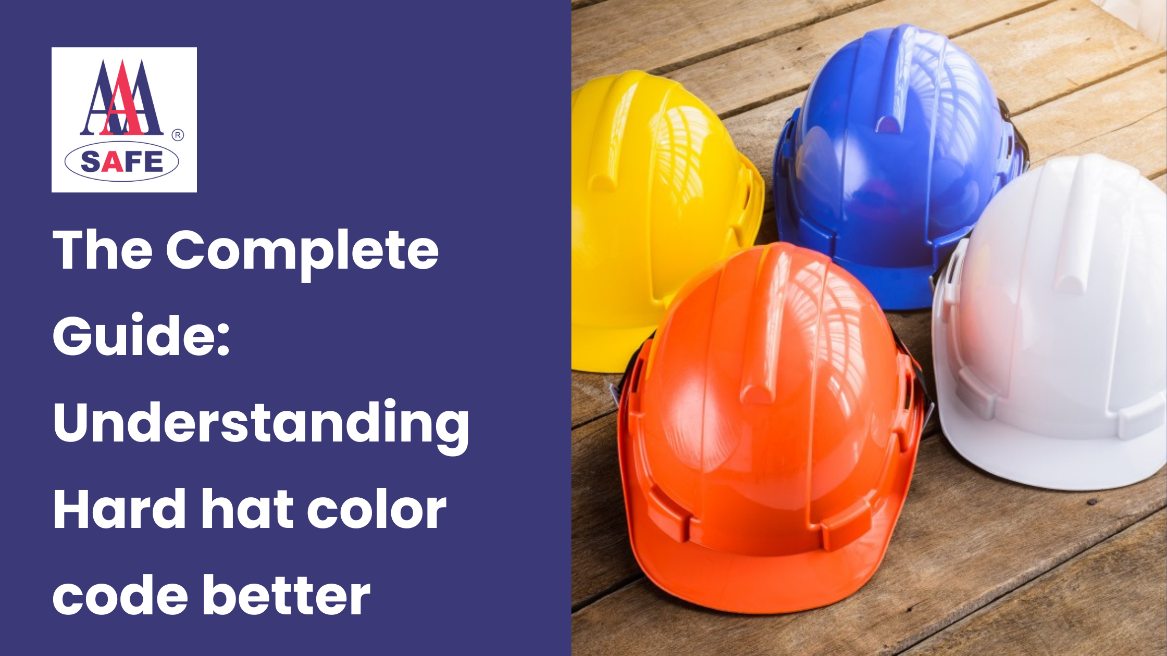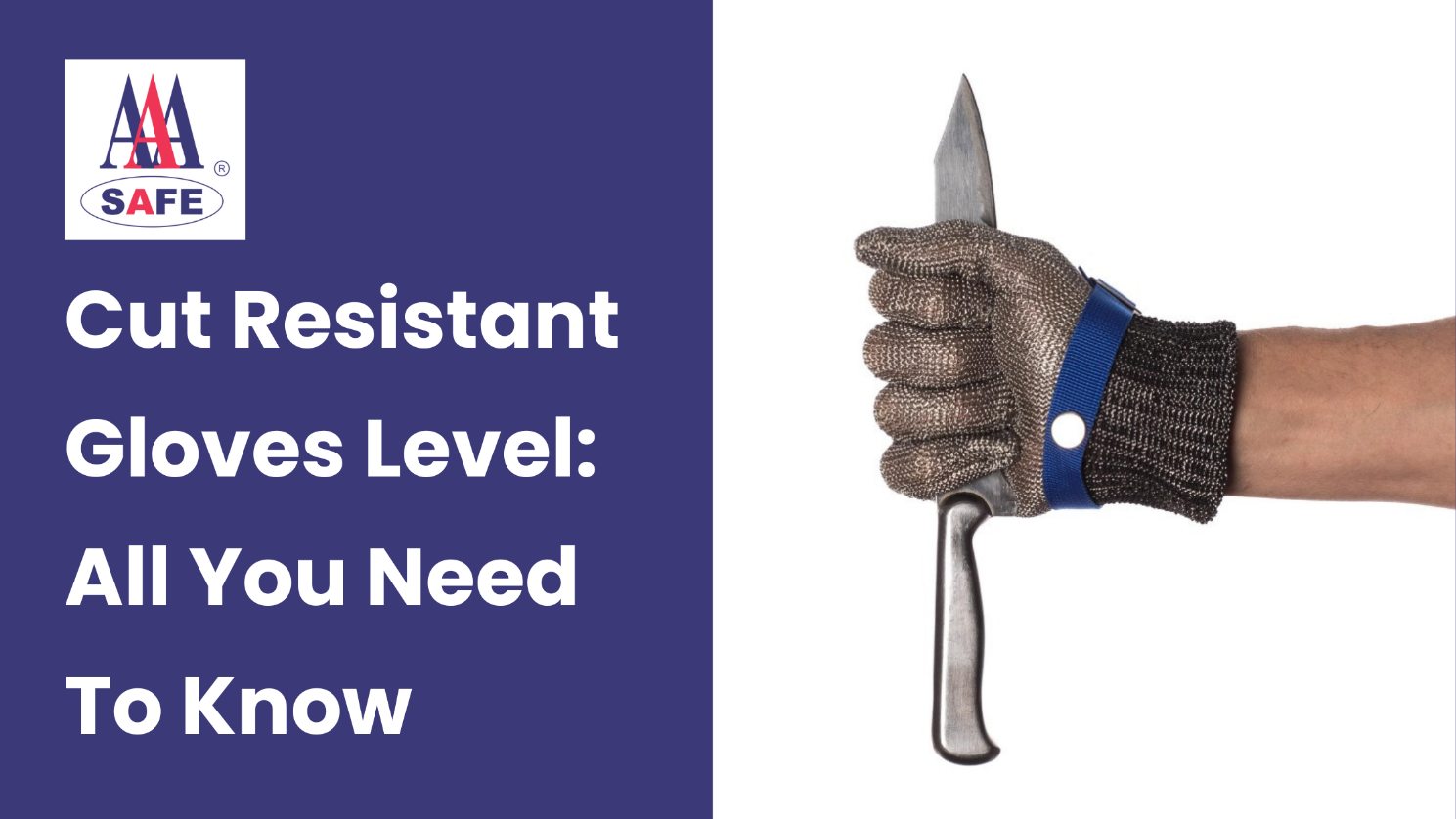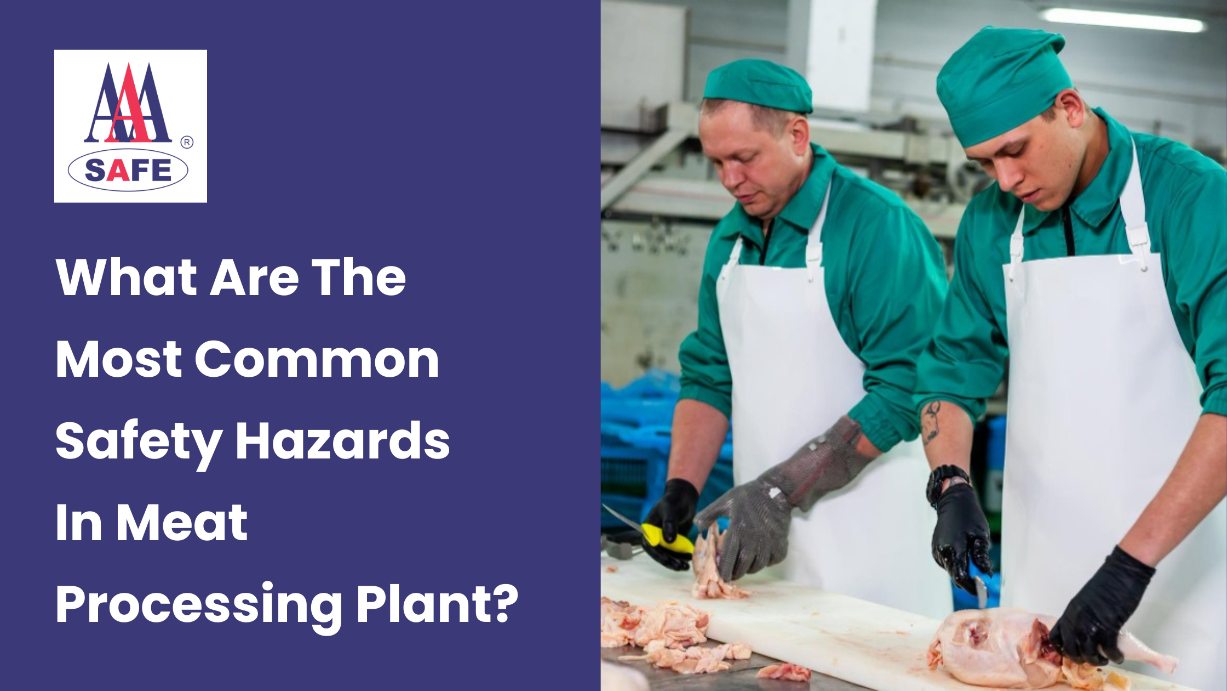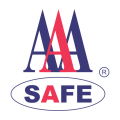The Ultimate Guide to Choosing Coveralls for Oil and Gas Industry Workers
Oil and Gas Industry workers operate in a risky and challenging environment.
You’ll most probably find them working in a remote location, performing high-risk tasks such as exploration, drilling, pumping or extracting oil under extreme weather conditions. So, danger is everywhere.
Oil and Gas industry is one of the most demanding industries. Workers are mostly stationed in remote locations. They had to grapple with the change in environment & work precisely while dealing with multiple workplace hazards.
Hazards that put the oil and gas workers’ lives in danger are plenty. Extreme temperatures, heavy machinery, hazardous chemicals, dusts, polluted air, slick, oily surfaces, heat & fire etc are few workplace hazards present around the oil and gas worksite. Such a dynamic, demanding and dangerous industry should have the best possible safety equipment to protect the workers and keep the working environment extremely safe.
However, workplace hazards cannot be eliminated completely, but providing the workers with the best quality personal protective equipment (P.P.E) and training them about workplace safety can minimize the risks and dangers. However, before investing in safety equipment, employers must work with experienced safety professionals to identify the hazards present in an oil and gas worksite. Once the hazards are identified, employers can buy the best P.P.E equipped to address those hazards. Safety helmets, goggles, gloves, shoes are some of the common personal protective equipment (P.P.E). However, this blog aims to help you in selecting the perfect coveralls for oil and gas industry workers.
Working Environment in the Oil and Gas Industry
Oil & Gas Industry is a high-risk industry, where workers face enormous challenges and potential hazards in their working environment.
Workers are required to operate on offshore sites and remote locations. Thus staying away from their families for months. They are required to perform various tasks with maximum perfection and minimum supervision. And have to take care of their safety as well. Minimum facilities at oil and gas worksites make it extra challenging for them.
Though any industrial site is unsafe for workers, oil and gas worksites are more dangerous than others. Presence of heavy machinery, extreme weather conditions, confined spaces, UV rays, heat, dust, chemicals make it unsafe for everyone present.
Oil and gas industry workers have no option but to perform physically demanding tasks for hours. From operating heavy machinery and lifting heavy tools, processes such as drilling, extracting, and refining oil, exposes them to a higher likelihood of being struck by various hazards, so workplace safety becomes more crucial.
However, workplace safety within oil and gas worksites, is a shared responsibility between employers and workers alike. Employers must identify the hazards present on the site and equip workers with the best personnel protective equipment (P.P.E) to deal with those hazards. Simultaneously, workers need to exercise heightened caution, be alert & responsible while operating at the oil and gas worksite. They must consistently wear the safety equipment and be committed to prioritizing not only their own safety but also the well-being of those around them.
In an interview with McKinsey & Company, Bernadette Spinoy — then senior vice president of health, safety, and environment (HSE) from the major global oil and gas player Total—talks about how inculcating a collective mindset in which workers choose the right behaviour even when no one is watching can lead to a successful safety culture transformation.
Workplace Hazards and Additional Risks Faced by Oil and Gas Industry Workers
The Oil and Gas Industry is the most demanding as well as complex industry in the world. Demanding due to the challenging and unsafe working environment and complex due to the nature of tasks performed on a daily basis. Therefore, workers are surrounded by danger from everywhere. Working in a remote location itself is a challenge. Extreme weather conditions too influence day-to-day operations. And many other visible and invisible hazards make an oil and gas worksite extremely unsafe for the workers.
Let’s see the workplace hazards and additional risks faced by oil and gas industry workers in detail:
Falls:
Oil & Gas worksite requires workers to operate in a team. Together, workers toil hard in confined spaces & at heights for hours. So many workers present in close proximity increases the risk of collision, slips, trips, and falls that could cause serious injuries.
Confined Spaces:
Oil & Gas industry workers mostly operate on remote locations or offshore sites. Operations and every task is carried out in confined spaces like tanks & vessels. The drilling and extraction process often produces toxic chemicals, flammable vapours or gases. So confined spaces leave little room for workers for a quick escape in case of asphyxiation.
Machine Hazards:
Presence of heavy machinery on an oil and gas worksite poses a threat to the well-being of the workers. Workers getting struck, caught or crushed is common while operating such heavy machinery. Proper training is crucial to ensure that workers are equipped to handle and operate machines safely.
Explosions and Fire:
The presence of flammable materials, and high pressure in conjunction with electrical energy, make oil and gas worksites extremely susceptible to fires and explosions. The 1988 Piper Alpha disaster remains one of the worst safety-related explosions of its kind in the Oil & Gas sector.
Noise & Vibration:
Heavy machines present on oil and gas worksites regularly produce noise that exceed safe thresholds. Constant exposure to high decibel noise levels can lead to permanent hearing loss or cause problems such as headaches and irritation.
Chemical & Hazards:
Workers operating on oil and gas fields are at risk of chemical exposure. The heat and the poisonous gasses like hydrogen sulfide gas are generated in huge quantity, that put the well-being of workers in danger.
Environmental Risks:
Unpredictable weather conditions, natural disasters, geopolitical instability, can halt the oil and gas operations and pose a serious threat to the well-being of the workers. A comprehensive risk-assessment & an outstanding safety plan is needed to counter the environmental risks on any oil and gas field.
The Role of Coveralls in Ensuring the Safety of Workers in the Oil and Gas Industry
The oil & gas field is extremely challenging and unsafe for workers. Providing workers with the best quality personal protective equipment (P.P.E) is of paramount importance. Among different P.P.E available in the market, coveralls is the safest option for oil and gas workers. Coveralls play a crucial role in ensuring the safety of workers in the oil and gas industry. They offer full-body protection against multiple workplace hazards like chemicals, heat, fire, dust, rain, extreme temperatures, etc. Coveralls are one piece safety garments with multiple benefits. Let’s see each benefit in detail:
Physical Protection:
Coveralls as a personal protective equipment (P.P.E) is a perfect physical barrier against all types of workplace hazards. Coverall offers full-body protection and prevents the skin from coming in direct contact with chemicals, toxic substances, or any other hazardous materials.
Flame Resistance:
In industries like oil and gas, where the risk of fires and explosions is high, flame-resistant coveralls are crucial personal protective equipment (PPE) for workers. These flame-resistant coveralls play a critical role in protecting workers from fires & explosions, also allowing them to escape from emergencies with minimal or no burn injuries.
Chemical Hazards:
Toxic substances, poisonous gasses & other chemicals hazardous are prevalent around oil and gas fields. Coveralls protect workers from coming in direct contact with these hazards which may penetrate and cause skin burns and other dangers.
Weather Protection:
Coveralls offer perfect protection against wind, rain, sunlight, UV rays and hot temperatures and minimizes any weather related health issues.
Types of Coveralls for oil and gas industry workers
There are a variety of coveralls available in the Dubai market for oil and gas industry workers. Coveralls comply with the safety regulations and are the best option to keep the workers safe. However, the first step is to identify the hazards present and then select the type of coverall that is best equipped to deal with those hazards. Nature of the task is another factor to be considered when selecting coveralls for your workforce. Employers can get tailor made coveralls for their workers. There are disposable and reusable coveralls as well. The best option is to go for coveralls designed for specific job roles eg, drilling, pumping, extraction etc. However, in any oil and gas field, employers can choose from the following type of coveralls:
- Disposable Coveralls
- Reusable Coveralls
- Flame-Resistant Coveralls
- Chemical-Resistant Coveralls
- High-Visibility Coveralls
- Weather-Resistant Coveralls
- Welding: Flame resistant
- Coveralls for Specific Job Roles (e.g., drilling, pumping, extraction)
Conclusion
Coveralls are an essential part of personal protective equipment (P.P.E) and are a must for ensuring safety of oil and gas industry workers. Oil & gas industry is demanding and challenging, and every task from drilling to exploration, extraction & transportation requires immense physical strength and hard work. Workers are ready to toil hard for hours in those offshore and remote oil and gas fields. So, it’s the duty of employers to safeguard the well-being of workers by providing them with the best quality coveralls. Coveralls offer full body protection against every type of workplace hazards present in oil and gas fields. They offer physical protection, are flame resistant, chemical resistant, weather resistant etc. There are a variety of coveralls available in the market like, disposable coveralls, reusable coveralls, flame resistant, chemical resistant, hi viz, weather resistant, welding resistant etc. Depending on the type of hazards, employers can choose the most appropriate one.





